Directing Animation is Discovering the Connection with the Audience
Russian University Professor:
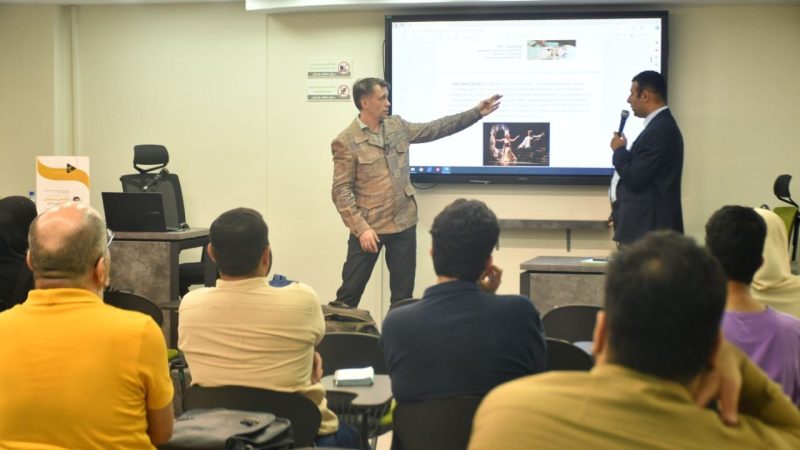
The professional workshop “Animation Director” was held on Monday, May 20th, on the third day of the Sobh International Media Event at Howze-ye Honari. One of Russia’s most famous artists, Sergei Strusovskii, was present for the workshop. In this professional workshop, producer and director Sergei Strusovskii, head of the animation and multimedia department at Moscow State Institute of Culture, member of the Union of Cinematographers and the Film and Media Education Association of Russia, spoke about the principles of animation direction.
At the beginning of the workshop, Sergei Strusovskii showcased some of his works and stated, “Animation is movement.” He clarified that although script writing is the foundation of animation, it is not directing.

According to Strusovskii, mise-en-scene is the placement of actors and characters and the addition of ideas to the image, but this does not constitute directing. He explained, “We start by writing the storyboard, but our direction does not begin here. Directing is the dance between our knowledge and emotions.” He compared film dramaturgy to playing music, where the changes in shapes, sound combinations, and codes are placed in a coherent format. He added, “Just as one cannot dance without music and emotions, we cannot direct without understanding human emotions.”
Moving on to the discussion of character, Strusovskii posed the question, “How do characters express themselves in the film?” He emphasized that characters are essential in reaching a common language, and animation offers limitless possibilities. He further stated that characters in a realistic film may not be perfect, but in animation, the characters can be created in any way the director desires.
Strusovskii mentioned, “We create the world we want in animation, but it must be believable for the audience.” He went on to say that the audience must believe in the characters, as they should see themselves in the film and be able to relate to it. However, this is still not the basis of directing. Furthermore, Strusovskii noted that while knowledge is limited, imagination is more crucial in the process of making a movie. He emphasized that this applies to directing animation as well; having knowledge is essential, but imagination is crucial.
This professor, who came to Tehran at the invitation of the second Sobh International Media Event, remarked, “Scenario is not a literary genre. It is rather a form of writing that depicts events. In cinema, we use dialogue, but writing is not done in a literary way because cinema relies on images, not words.”
He referenced Tarkovsky’s belief that art is an attempt to capture the relationship between infinite and images. The screenwriter writes their narrative and delivers it to the director, who then translates the words into visual form. The written words should not be shown on screen as in literature. Animation is the process of creating an infinite time connection.

The Russian animation director shared his experiences with the workshop participants. He explained, “An animation director’s specialty is creating a connection with viewers through artistic images. The storyboard is the basis for the montage. To successfully direct animation, one must have a strong understanding of music. However, this knowledge alone is not enough. One must also discover ways to engage and connect with the audience.”
The 2nd Sobh International Media Festival, with Mohsen Yazdi as the festival director, started on May 19 in three sections: “Main,” “IRIB World Service,” and “Palestine Special” with the screening of documentary, animation and short film works, along with the holding of professional workshops on the topic of media.
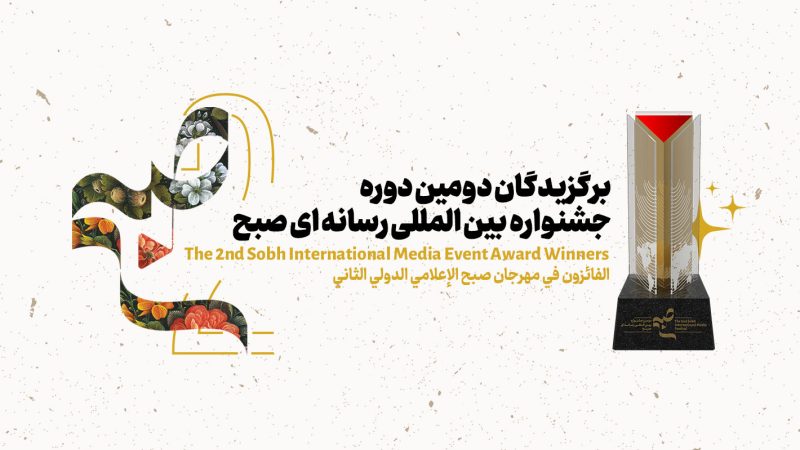
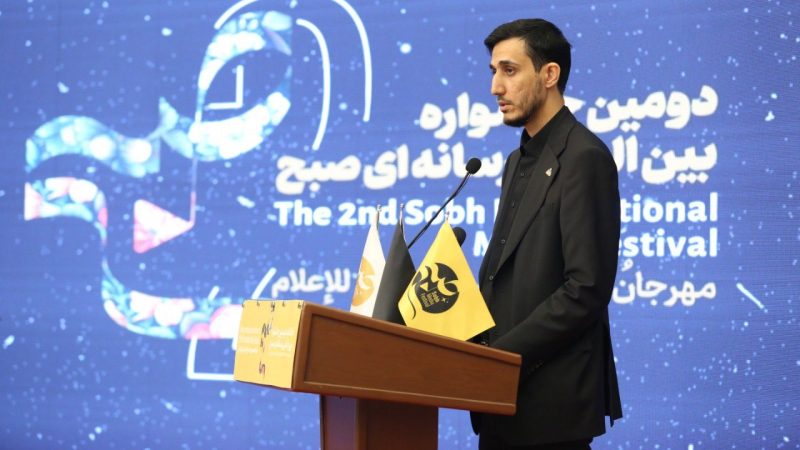
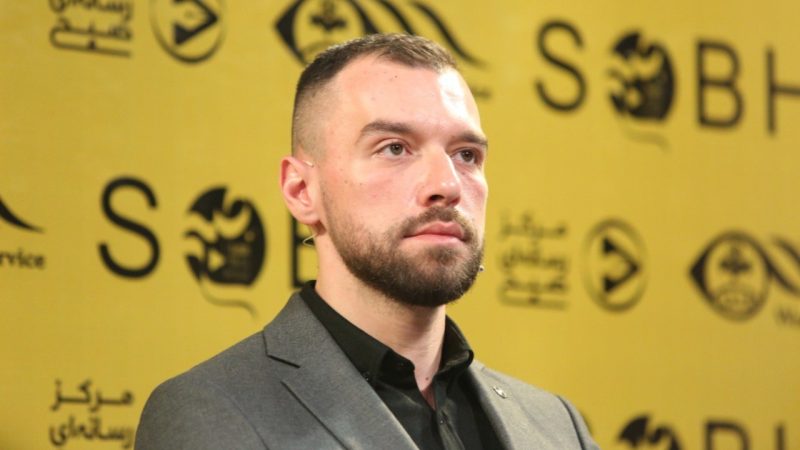
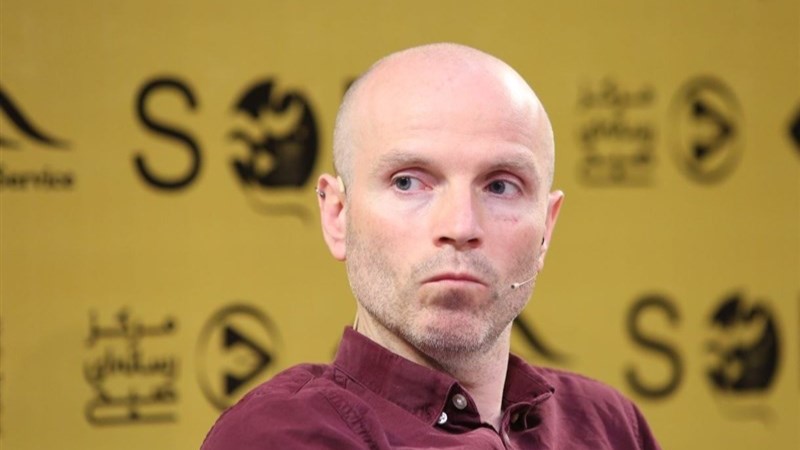
No Comments